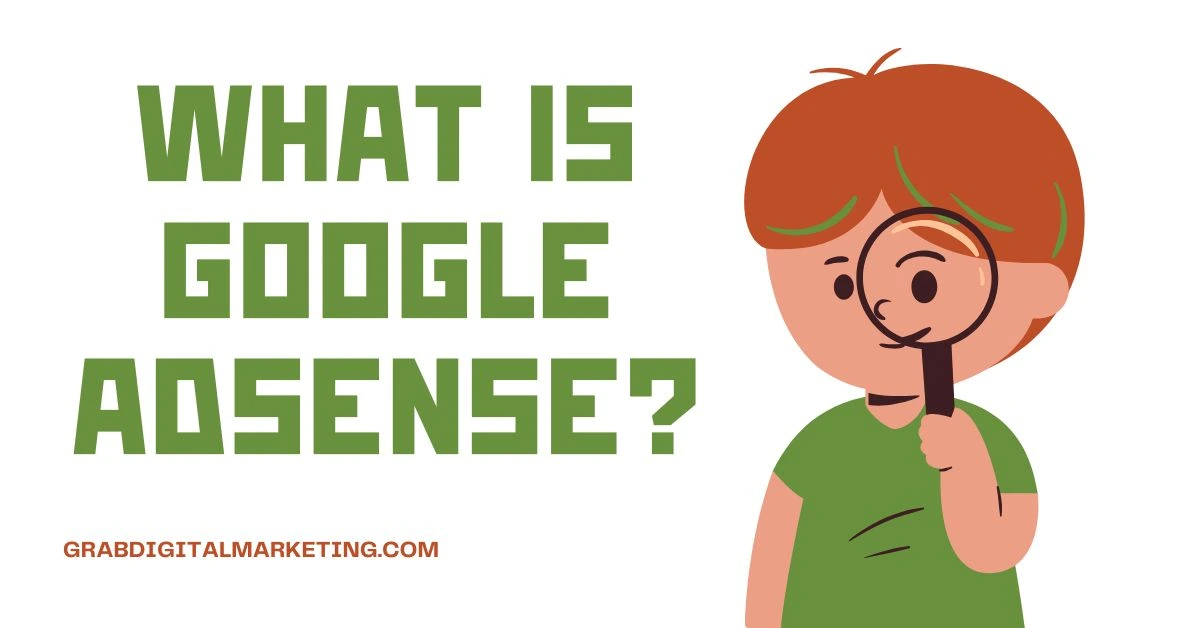What is Google AdSense?
Google AdSense is a program from Google that helps website owners, bloggers, and content creators earn money by showing ads on their sites. You don’t have to sell anything yourself—just let Google display relevant ads to your visitors. You make money in two main ways: either when someone clicks on an ad (cost-per-click, CPC) or when the ad is simply shown on your site (cost-per-impression, CPM). AdSense is a great way to earn passive income by turning your website traffic into revenue, all while you focus on creating content. It’s easy to set up, and Google handles all the ad management for you.
Google AdSense: Everything You Need to Know Introduction
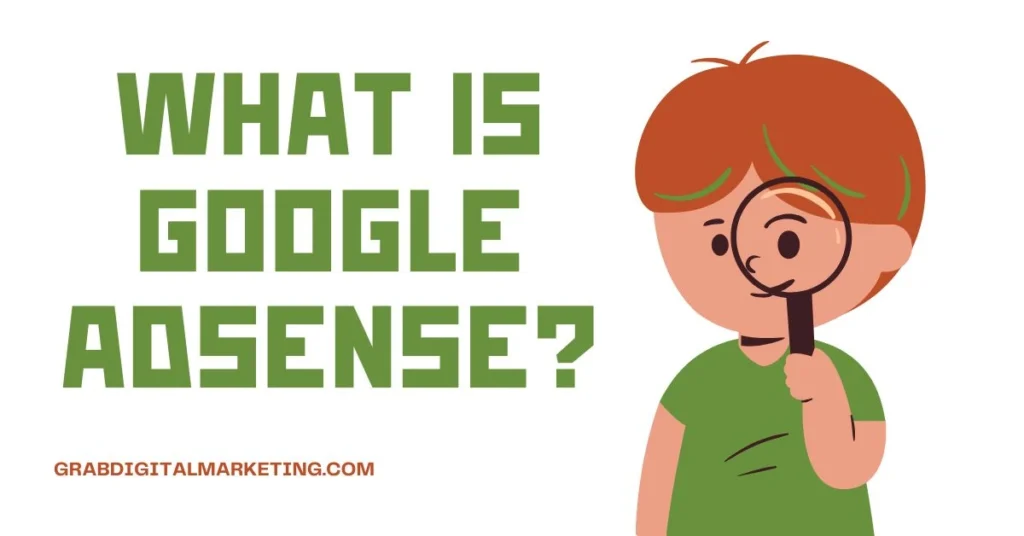
Google AdSense is an advertising program that allows website owners to monetize their content by displaying ads from Google’s network. It connects publishers with advertisers, ensuring relevant ads appear based on the website’s content and visitor interests. Ad formats include display ads, video ads, and text ads. AdSense operates on a pay-per-click (PPC) model, meaning website owners earn revenue when users interact with the ads. Optimization strategies include placing ads strategically, improving website traffic, and maintaining high-quality content. AdSense uses automated algorithms to match ads with site content, enhancing user experience while maximizing earnings. Compliance with Google’s policies is essential to avoid penalties, such as ad limits or account suspension. While AdSense provides passive income, success depends on traffic volume and audience engagement. Proper ad placement, mobile responsiveness, and continuous performance monitoring help maximize revenue, making Google AdSense an effective tool for website monetization.
Table of Contents
What is Google AdSense?
- Google AdSense is a widely used advertising program developed by Google that enables website publishers and content creators to generate revenue by displaying targeted ads on their platforms. The program works by matching relevant ads to the content and audience of a website, ensuring that the advertisements displayed are pertinent to the visitors’ interests and behaviors, which increases the likelihood of engagement and click-throughs. Publishers apply to join AdSense and, once approved, insert a small piece of code into their site or YouTube channel. This code automatically fetches and displays ads from a large pool of advertisers competing in real-time auctions to show their ads, with the highest bidders’ ads appearing most often.
- AdSense supports a variety of ad formats, including text, image, video, and interactive media ads, all designed to integrate seamlessly with website content without disrupting user experience. The program operates primarily on a cost-per-click (CPC) and cost-per-thousand-impressions (CPM) model, meaning publishers earn money when visitors click on ads or when ads are displayed, depending on the ad type and arrangement. Google handles all billing, advertiser payments, and ad monitoring, providing a secure, transparent system for both publishers and advertisers.
How Does Google AdSense Work?
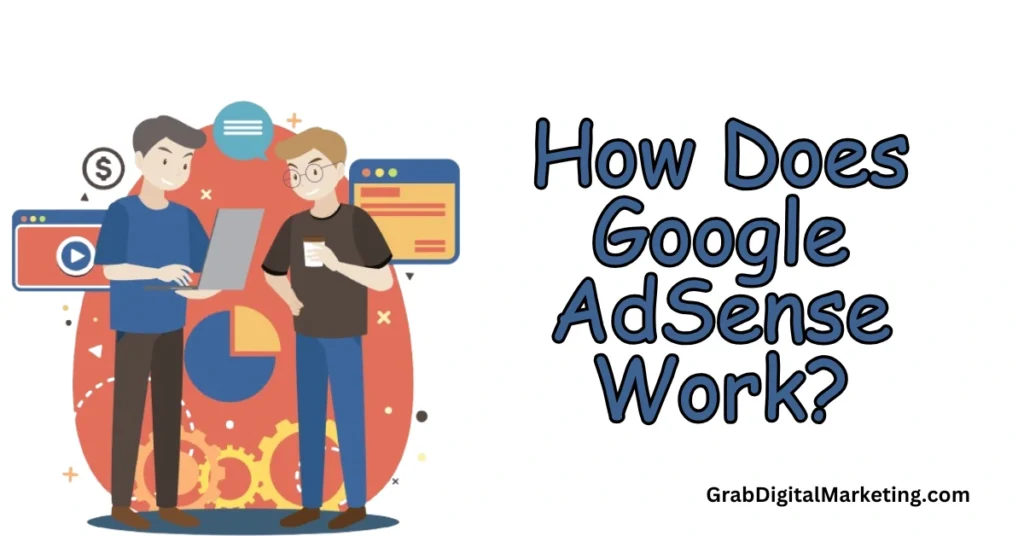
- Google AdSense operates as an automated advertising platform that allows website owners and content creators to monetize their online properties by displaying targeted ads. The process begins when a publisher signs up for an AdSense account and integrates a small piece of JavaScript code into their website or YouTube channel, enabling Google to identify available ad spaces where advertisements can be shown. This code acts as a bridge between the publisher’s content and Google’s extensive network of advertisers, facilitating real-time auctions for ad placement based on relevance, bid value, and user context.
- When a visitor accesses a publisher’s site, Google’s system evaluates multiple factors such as the site content, visitor demographics, browsing history, and contextual keywords to determine the most appropriate ads to display. Advertisers bid on these auctions through Google Ads, and the highest-paying relevant ads are shown, ensuring that both user experience and ad effectiveness are optimized. The types of ads can vary widely, including text-based ads, display banners, video ads, and interactive media, all designed to fit seamlessly within the webmaster’s layout without confusing or disrupting the user’s experience.
Do I Have to Pay to Use Google AdSense?
- Google AdSense is a completely free platform for publishers, meaning there are no fees or costs associated with signing up, setting up, or using the service to monetize websites or digital content. Publishers do not have to pay anything upfront to join AdSense or to display ads on their sites. The process involves simply applying for an account, getting approved by Google, and then embedding Google’s ad code on their web pages or videos. Google handles all of the technical and administrative aspects, including serving the ads, managing the auction system with advertisers, and processing payments, all without charging publishers any administrative or setup fees. The revenue model of AdSense is designed such that advertisers pay Google to place their ads, and Google shares a portion of that advertising revenue with the publisher based on ad performance, either by clicks (CPC) or impressions (CPM). This means publishers earn money only when visitors interact with the ads or the ads generate views, and there is no cost risk or upfront payment requirement for the publisher. The simplicity and no-cost nature of the program make it accessible to a vast range of users—from hobby bloggers to large-scale content websites.
How Do I Get Paid with Google AdSense?

- Getting paid with Google AdSense is a straightforward process designed to make monetization accessible and reliable for website owners and content creators. After signing up and integrating AdSense ad codes into a website or YouTube channel, publishers start earning revenue primarily through clicks on ads (cost-per-click, CPC) or, in some cases, based on ad impressions (cost-per-thousand impressions, CPM). Google tracks all these earnings in the publisher’s AdSense account, providing detailed reports on how much money has been generated daily, monthly, and cumulatively. Earnings can vary depending on the traffic volume, ad relevance, and advertiser bid prices. Importantly, AdSense revenue is not paid instantly; instead, Google follows a monthly payment cycle to accumulate earnings and issue payments at the end of the month after validating the publisher’s account. To receive payouts, publishers must meet the payment threshold, which is typically set at $100 or the equivalent in the local currency. This means accumulated earnings must reach this minimum amount before Google processes the payment. Publishers are required to provide valid payment information, including bank account details or other accepted payment methods, within their AdSense account settings. Google offers various flexible payment options such as electronic funds transfer (EFT), wire transfer, checks, Western Union, and other country-specific methods, depending on the publisher’s geographical location. Setting up and verifying payment details properly is essential to ensure timely and smooth payment transactions from Google.
What Are the AdSense Policies I Need to Follow?
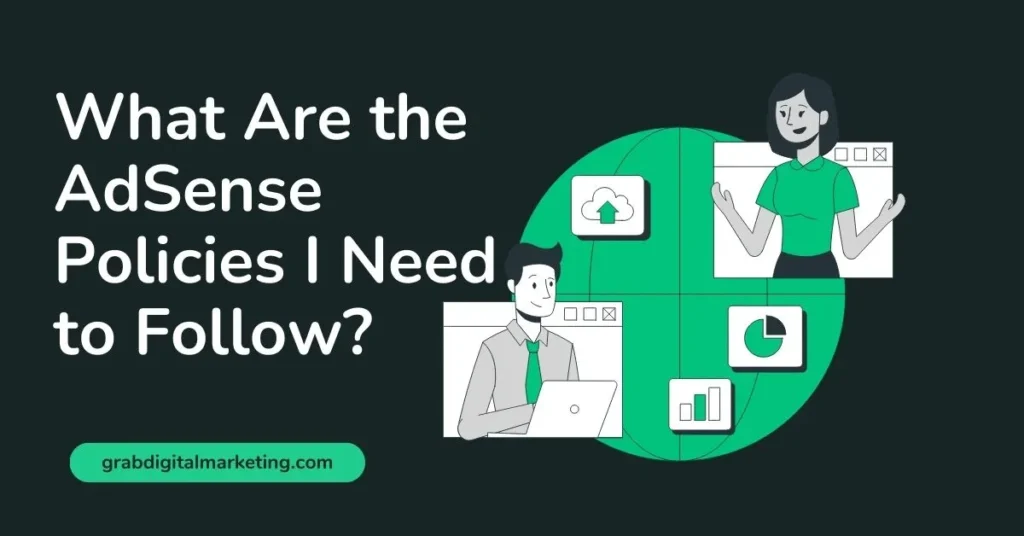
- Google AdSense policies are a critical set of guidelines that publishers must follow to maintain a compliant and monetizable platform, ensuring a safe, high-quality experience for users, advertisers, and publishers alike. These policies cover content quality, ad placement, user experience, and technical compliance, and failure to adhere to them can result in account suspension or termination, leading to loss of revenue and reputation.
- One of the primary requirements is that websites or channels must have original, high-quality content that provides genuine value to users. AdSense strictly prohibits content that includes copyright infringement, adult content, violence, hate speech, drug-related material, or any form of harmful or deceptive information. Publishers are also expected to avoid excessive or disruptive advertising practices, such as placing ads too close to clickable elements or using pop-ups that hinder navigation or create a poor user experience. Ads must be clearly distinguishable from editorial content to avoid misleading visitors.
- Furthermore, publishers must not encourage invalid clicks or impressions, which include clicking on their own ads or using automated tools to generate fake ad interactions. Google utilizes sophisticated algorithms to detect such activities and protect the integrity of the advertising ecosystem. Publishers are also responsible for ensuring their site complies with all applicable laws and regulations, making it essential to provide accurate contact information and respect user privacy. For example, sites that collect personal data must comply with the General Data Protection Regulation (GDPR) or the California Consumer Privacy Act (CCPA), including displaying appropriate privacy policies.
How Can I Optimize My AdSense Earnings?
- Optimizing Google AdSense earnings involves a combination of strategic content creation, smart ad placement, and continuous analysis to maximize revenue while maintaining a positive user experience. One of the first steps to optimizing earnings is generating high-quality, engaging, and original content that attracts and retains visitors; content that resonates with an audience naturally increases traffic, which directly correlates with more ad impressions and clicks. Additionally, targeting niche topics with less competition can yield higher cost-per-click (CPC) rates, as advertisers bid more for specialized, relevant keywords. Effective ad placement plays a pivotal role in optimizing AdSense revenue. Ads should be strategically placed where they are visible but not intrusive, such as above the fold, within the content, and near navigation areas, without compromising the site’s aesthetic or user experience. Experimenting with ad formats—such as responsive ads, text and display combos, and native ads—allows publishers to find what works best for their audience and layout, enhancing click-through rates (CTR). Equally important is to avoid placing too many ads, which can overwhelm visitors and may violate Google’s policies, risking account suspension.
Can I Control Which Ads Appear on My Site?
- Yes, you have control over the ads that appear on your site. You can review individual ads and choose whether to allow or block them. The AdSense platform provides tools to manage Ad categories and specific advertisers, helping you ensure that only relevant and appropriate Ads are displayed. Yes, Google AdSense allows you to control which ads appear on your site. You can block specific advertisers, categories, or individual ads that don’t align with your content or audience. AdSense also provides filtering options, such as restricting ads based on sensitive topics or competitive businesses. Additionally, the ad review center lets you preview and manage ads before they go live, ensuring they fit your brand and values. By fine-tuning these settings, publishers can maintain a balance between ad revenue and user experience, ensuring their site remains engaging and relevant while generating income.
What Are AdSense Alternatives?
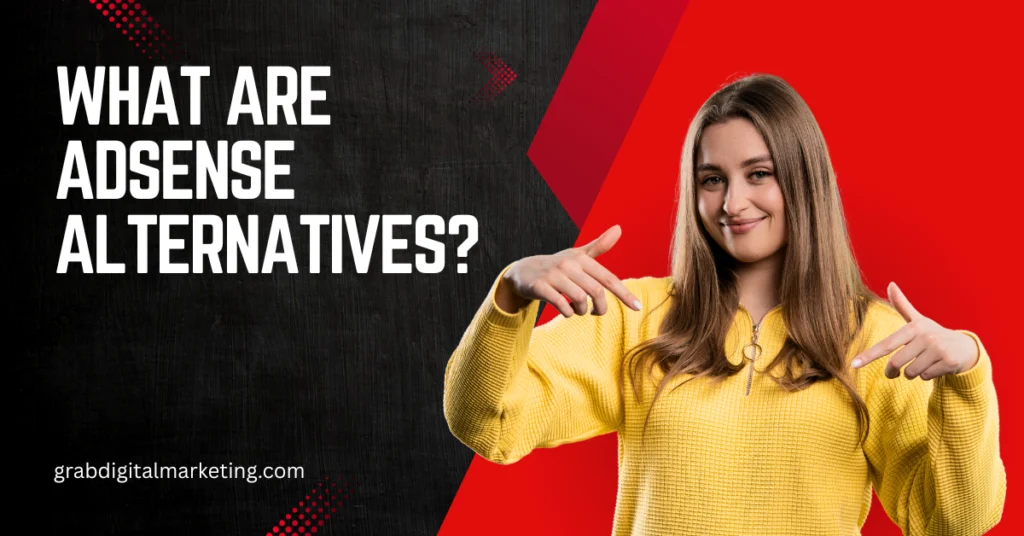
- AdSense alternatives are other advertising platforms and networks that publishers can use to monetize their websites and digital content if they want additional options alongside or instead of Google AdSense. These alternatives typically offer different advertising models, payout structures, and opportunities to diversify income streams, providing publishers with flexibility and sometimes advantages in niche markets or specific content types. While Google AdSense dominates the market due to its ease of use, vast advertiser base, and reliable payments, exploring alternatives can help mitigate risks such as account suspension or payment holds and can optimize earnings by tapping into different advertiser segments and ad formats.
- Some popular AdSense alternatives include Media.net, an ad network powered by Bing and Yahoo that specializes in contextual ads similar to AdSense, making it a strong competitor, especially for publishers targeting audiences in North America and Europe. Amazon Associates offers affiliate marketing opportunities where publishers earn commissions by promoting products sold through Amazon, integrating ads or product links that align with their content, which can complement or replace traditional display ads. Other networks like PropellerAds, AdThrive, and Ezoic provide innovative ad formats such as push notifications, native ads, and header bidding, allowing publishers to maximize revenue from diverse traffic sources and formats.
How Do I Join the YouTube Partner Program (YPP) and Use AdSense for YouTube?
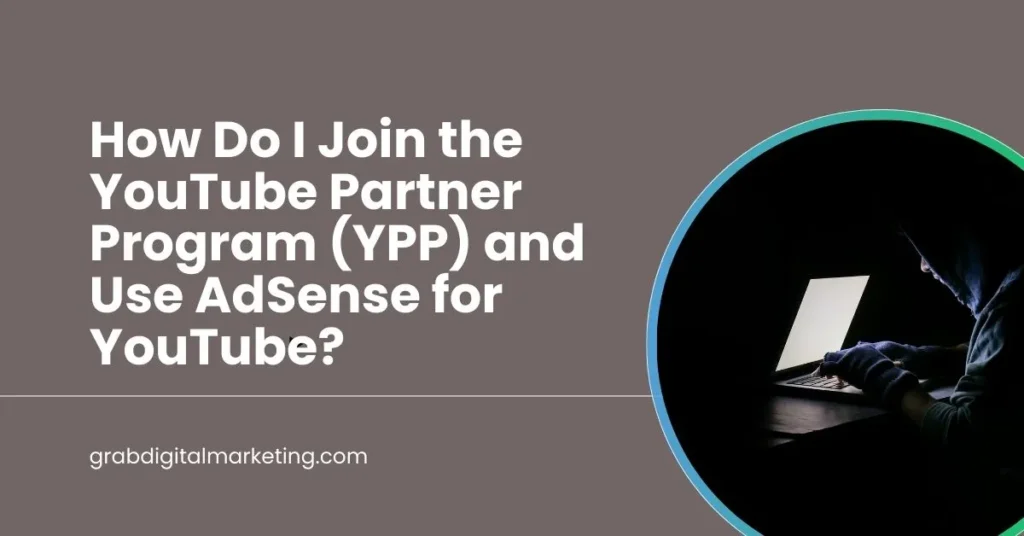
- Creators can control ad settings through YouTube Studio, choosing which types of ads to show or opting for non-monetized videos when preferred. Google’s algorithms automatically optimize ad placements for maximum revenue without sacrificing viewer experience. To maximize AdSense earnings, YouTube creators are encouraged to focus on producing high-quality, engaging content, increasing viewer watch time, and growing their subscriber base.
- Using analytics tools available in YouTube Studio and AdSense provides valuable insights into performance metrics such as estimated revenue, RPM (revenue per thousand views), viewer demographics, and traffic sources. These tools help creators adjust their content strategies, understand audience behavior, and optimize monetization efforts effectively. Staying compliant with YouTube’s content guidelines and community standards is essential to remain in good standing and avoid demonetization or suspension of monetization features.
- In summary, joining the YouTube Partner Program requires meeting eligibility criteria, applying through YouTube Studio, and linking an AdSense account for payment processing. Once approved, creators earn revenue from various ad formats displayed on their videos, with Google managing billing and payouts. By producing engaging content, optimizing ad settings, and leveraging analytics, creators can make the most of AdSense for YouTube and build a sustainable income stream on the platform.
How to Get Help with AdSense
- Getting help with Google AdSense is straightforward, as Google provides a variety of comprehensive resources and support channels to assist publishers at every step of their monetization journey. The first and most accessible resource is the official Google AdSense Help Center, which offers detailed articles, FAQs, and step-by-step guides on everything from account setup and policy compliance to troubleshooting payment issues and optimizing ad performance. This knowledge base covers a wide range of topics and is continuously updated to reflect the latest program changes and best practices, making it a valuable self-help tool for both beginners and experienced users.
- For more personalized assistance, AdSense publishers can use the Google AdSense Community Forum, where they can post questions and receive answers from experienced AdSense users, product experts, and sometimes even Google employees. This forum is a good place to seek advice on specific issues, learn from others’ experiences, and exchange tips about maximizing earnings or resolving account problems. Additionally, Google offers direct support channels for publishers who meet certain criteria, such as those with high earnings or active AdSense accounts, granting access to email or chat support for more complex or urgent concerns.
- To diagnose technical issues or policy violations, Google also provides a range of diagnostic tools within the AdSense dashboard. These include alerts and notifications about account status, ad serving restrictions, or policy violations, helping publishers identify problems quickly and take corrective actions to avoid revenue loss. Publishers can also access detailed reports and analytics that help pinpoint performance issues and optimize monetization strategies.
Conclusion
Google AdSense is a powerful tool for monetizing your website or blog. By understanding how AdSense works, adhering to its policies, and optimizing your ad placements, you can maximize your earnings and ensure a positive experience for your visitors. Whether you’re just starting with AdSense or looking to improve your current setup, the tips and information in this blog post will help you achieve your goals.

